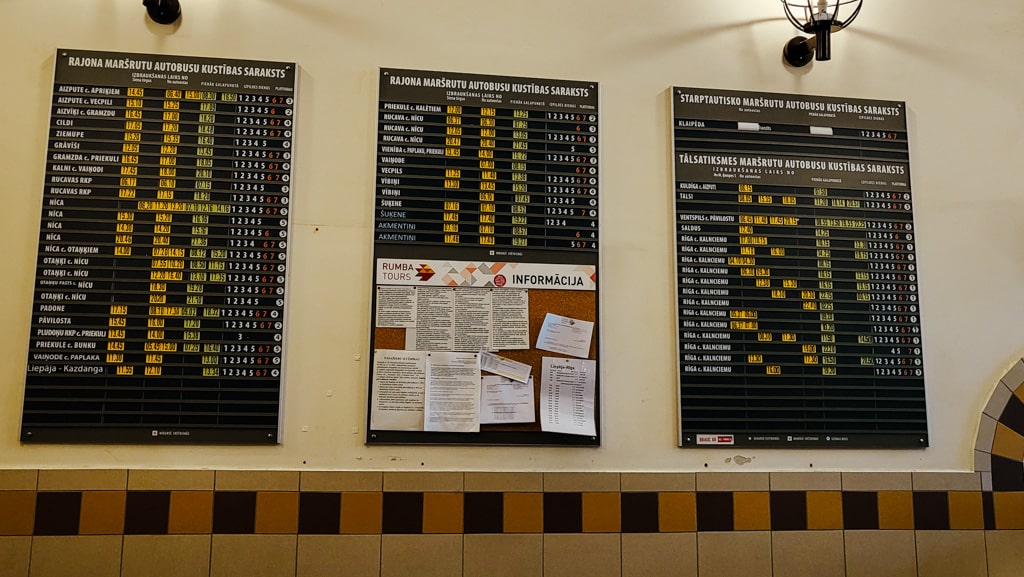Liepāja: Latvia’s Hidden Gem on the Baltic Sea
Liepāja, a city of just over 70,000 inhabitants, is located on Latvia’s western coast, nestled along the Baltic Sea. This port city in the Kurzeme region was a closed military zone during the Soviet era (1944-1991), hidden from both maps and ordinary people. Today, it’s a popular seaside destination for Latvians, though perhaps not as well-known to the rest of the world. I visited the city in August 2024, keep reading to find out my top places to visit and what to do in city!
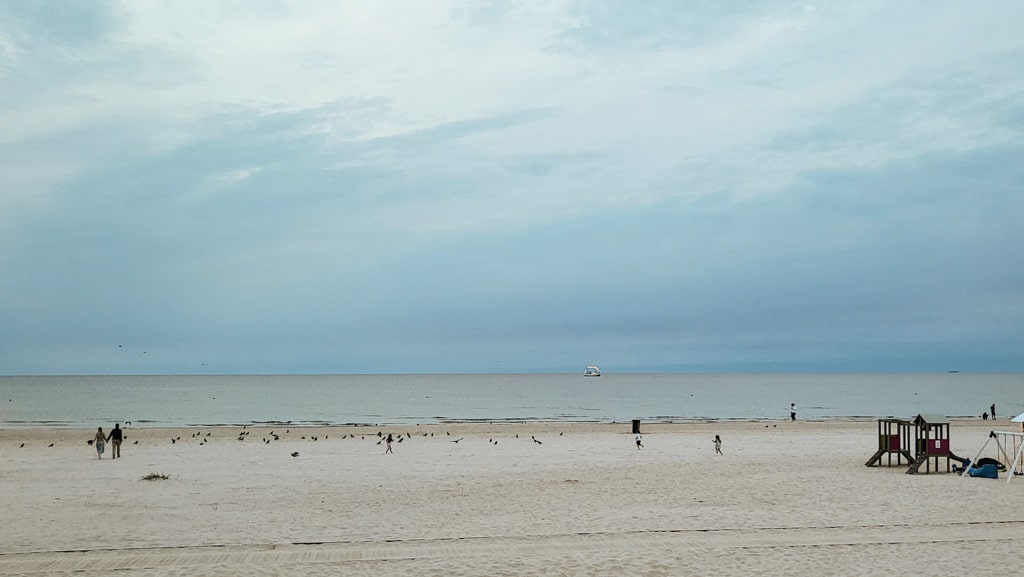
Many young people in Liepāja seem to view it as a sleepy town, a place they’re eager to leave for Riga or other parts of the world for studies or work as soon as possible. While you can get to Riga by train (once a day!), the bus (Lux Express) is a more convenient option, taking around 3 to 3,5 hours.
Beauty and History in Liepāja, Latvia
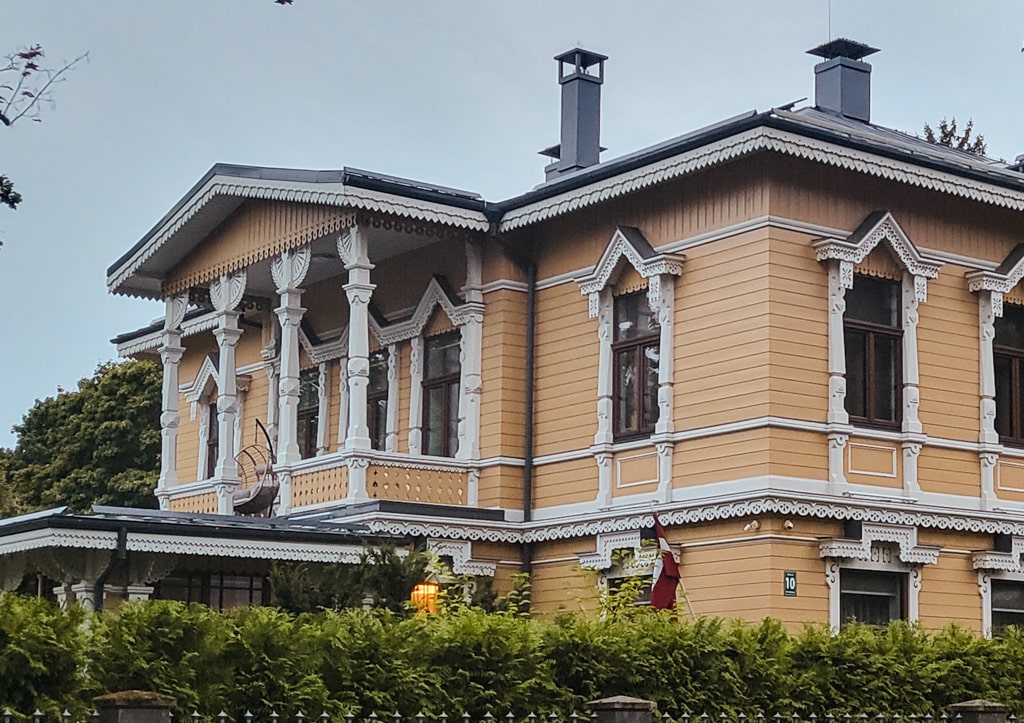
Liepāja is filled with beautiful buildings; everywhere you turn, there’s something new and stunning to discover. I thought the wooden houses, especially, were exquisitely decorated with intricate details. I joined the official walking tour offered by the tourist information centre. While the two-hour marathon wasn’t the most inspiring experience, it provided a good overview of the city and its main sights.
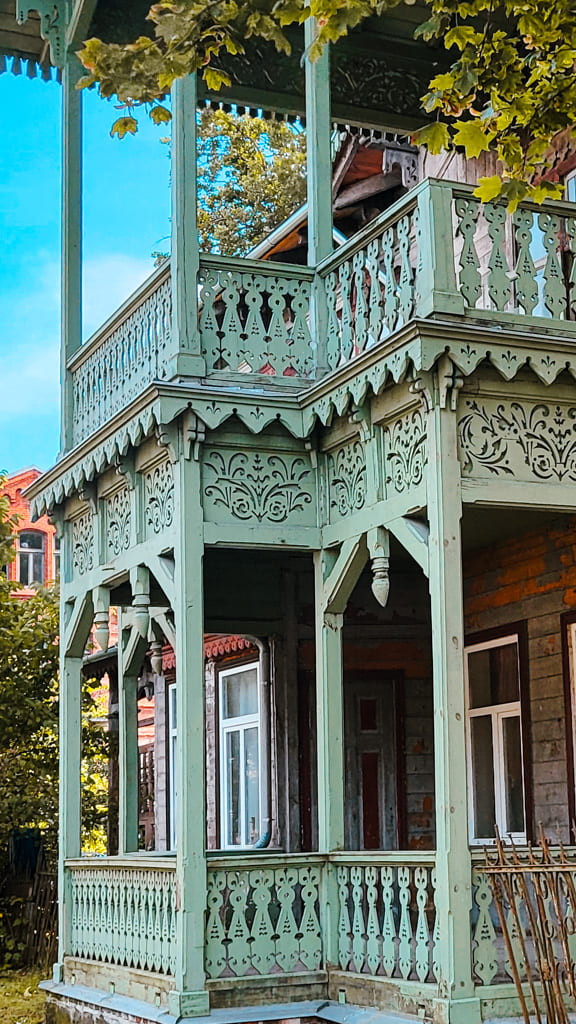
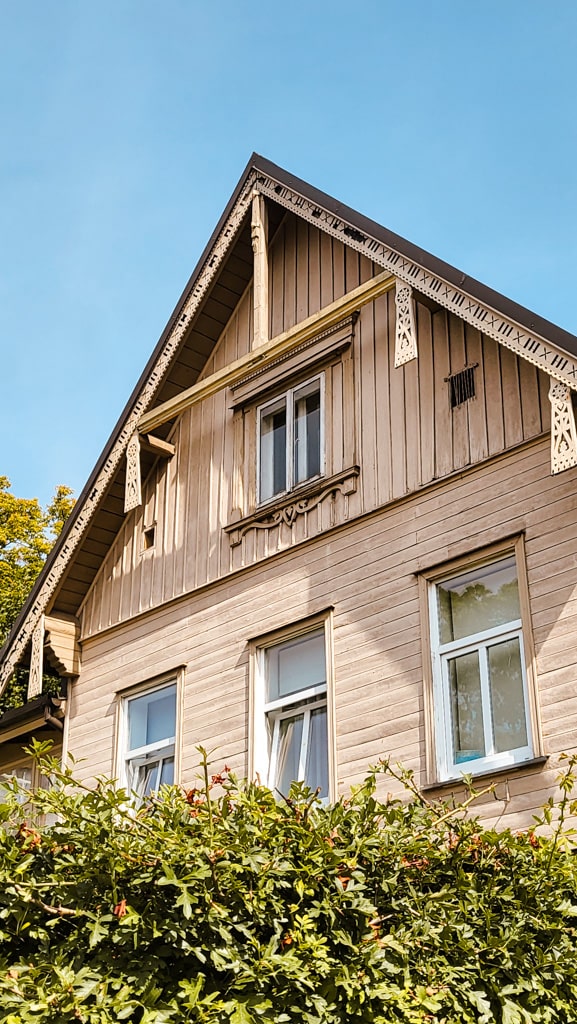
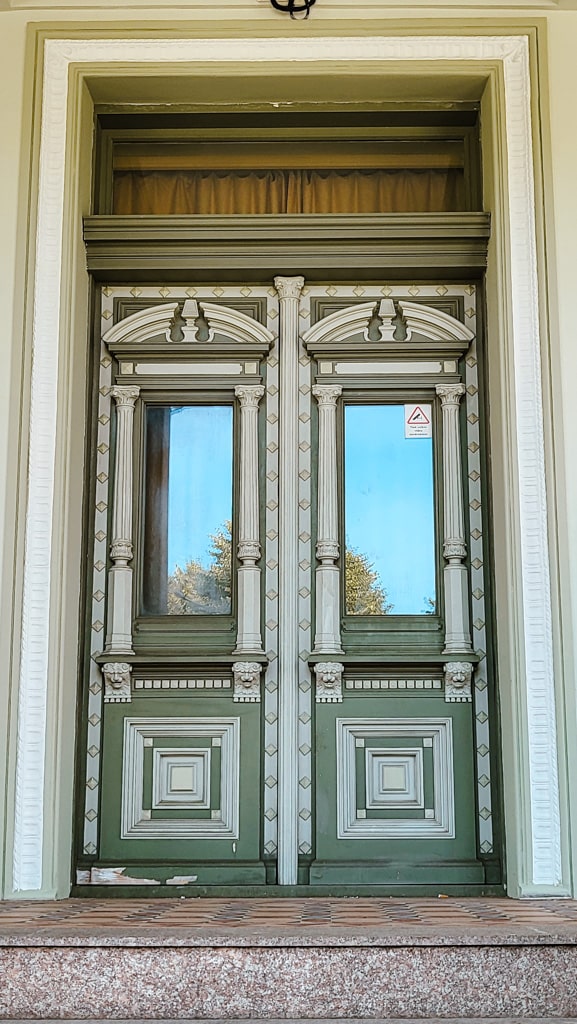
Churches, Model Ships, and Finnish History
Liepāja, like many cities in the Baltics, has a fascinating mix of churches. You’ll find Lutheran, Catholic, and Orthodox churches, reflecting the city’s multicultural history and various occupiers throughout the ages.

One interesting detail I noticed in the churches was the presence of model ships hanging from the ceilings. They serve as a reminder of the city’s strong maritime tradition. In the past, sailors and their families would pray in front of these model ships for good weather and safe travels.
Liepāja also has a strong connection to Finnish history. It was here that the Finnish Jäger Oath was sworn in February 1918. The Royal Prussian Jäger Battalion 27 arrived in the city secretly with the help of the German Baltic Sea fleet and stayed for a few months before being transported to Finland to fight for independence. The Jäger Oath was a symbolic act that demonstrated their commitment to Finland’s independence. A memorial made of Finnish granite was unveiled in 1998 in Liepāja’s Holy Trinity Church to commemorate the oath.
Karosta: A Soviet Ghost Town
About a half-hour bus ride north of the city centre lies Karosta, a former military zone. The Baltic Sea coastline provided Russia, and later the Soviet Union, with a strategic location, so they built their own isolated community here starting in the 1890s, complete with churches, shops, and housing. The area served as a closed military base until 1994 when the Russian army withdrew from Latvia.
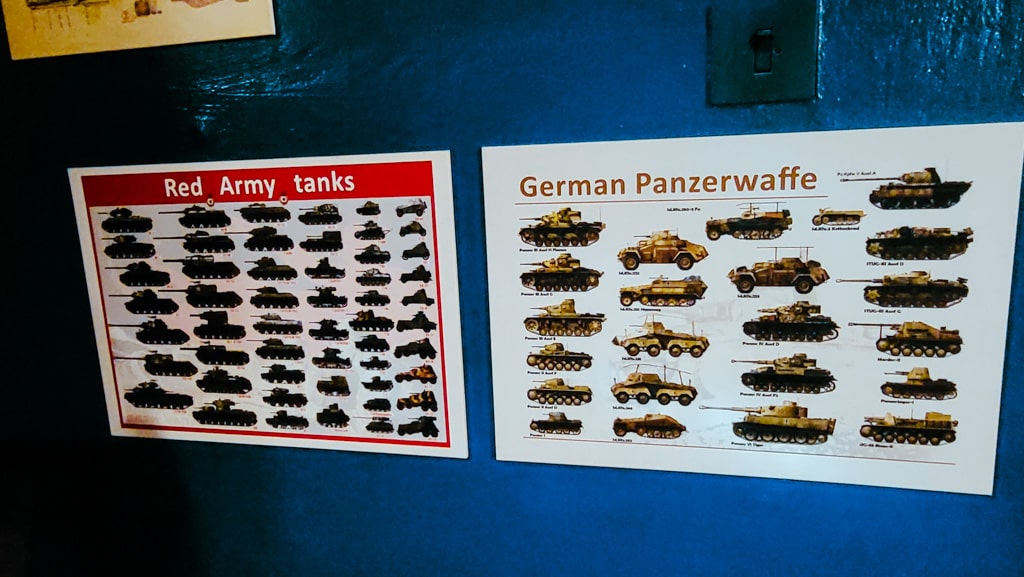
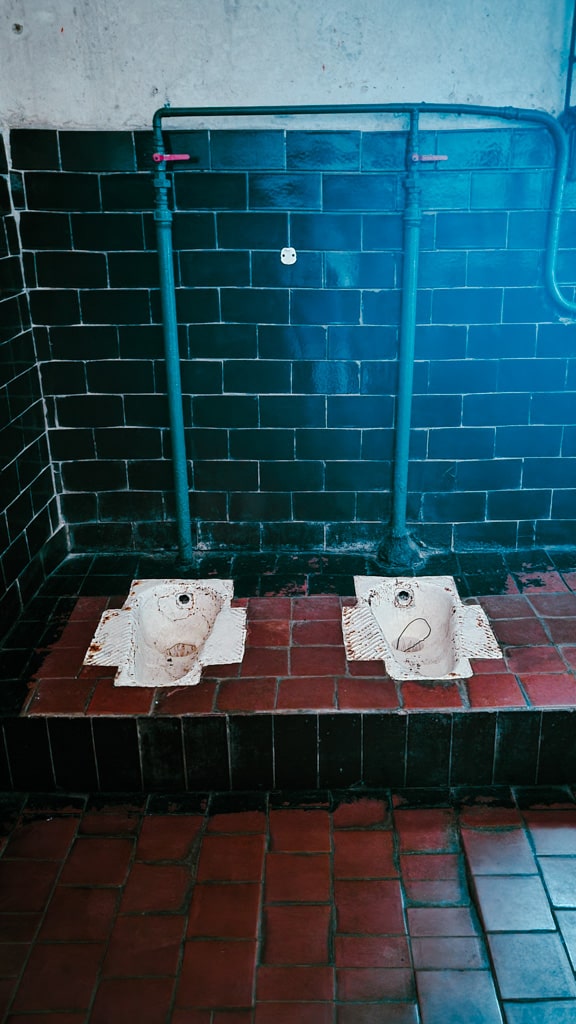
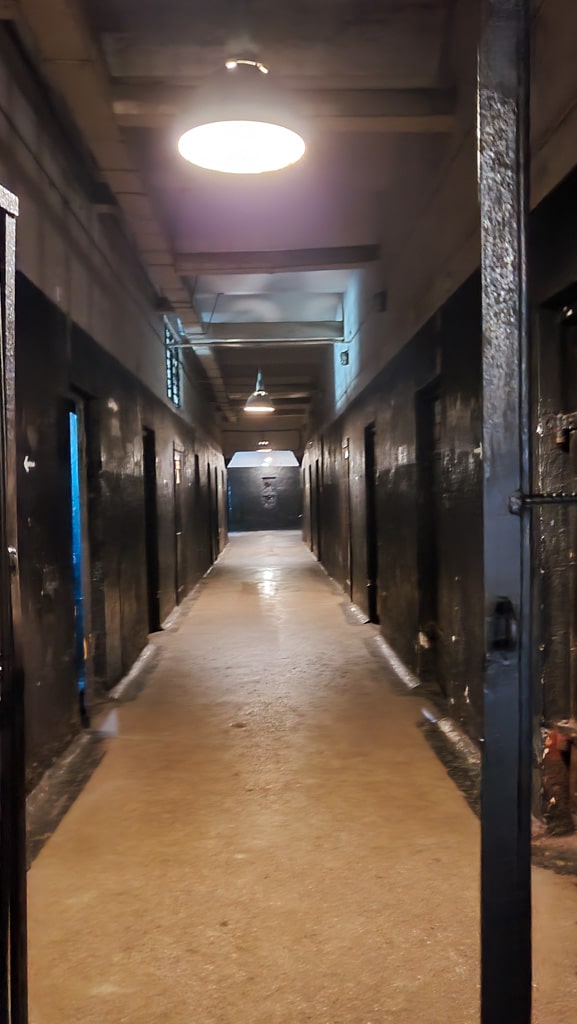
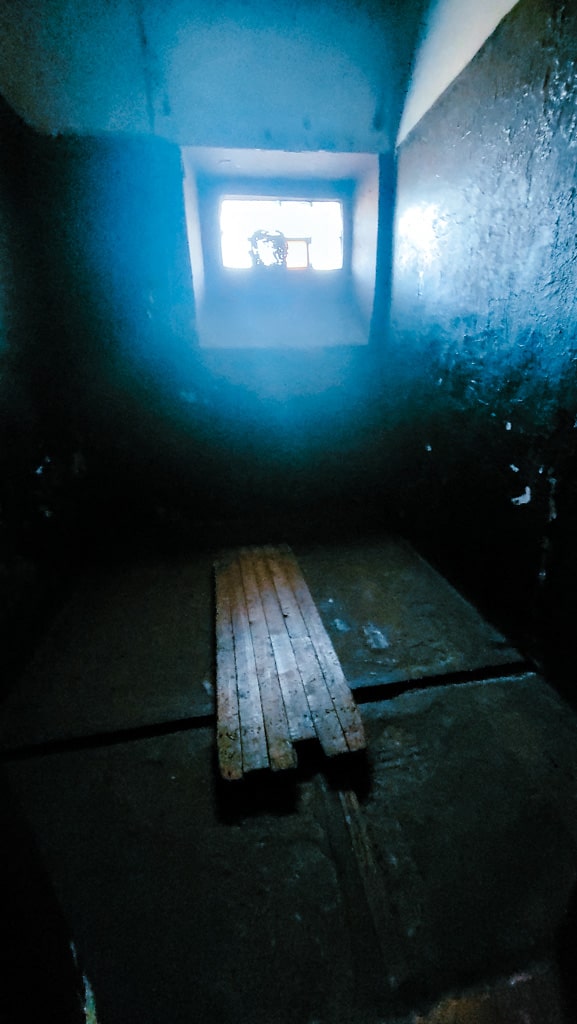
One of the most intriguing places is the former military prison, Karosta cietums, which was operational until 1997! It’s also the only military prison in Europe open to public. Originally built as a hospital in the late 19th century, it was quickly converted into a prison, as evidenced by the lower windows that have been replaced with bricks. Unruly navy sailors and non-commissioned officers were sent here. While they weren’t severely punished physically (they were needed back on the front lines, after all!), spending hours sitting against a wall certainly built character (and thigh muscles!). Apparently, no one ever escaped.
The prison had 70 cells, and according to some sources, executions were also carried out there, although there doesn’t seem to be much information available about them. Officers had slightly better conditions in their own cells, but otherwise, 4-10 prisoners could be placed in one cell. And if one person misbehaved, the whole cell was punished.
Some of the building also serves as a museum, where the collectors exhibit different artifacts from the wars and the Soviet occupation. I believe the museum is only available with the guided tour, and in the summer of 2024 the tour was priced at 8 € for adults – well worth the money if you ask me.
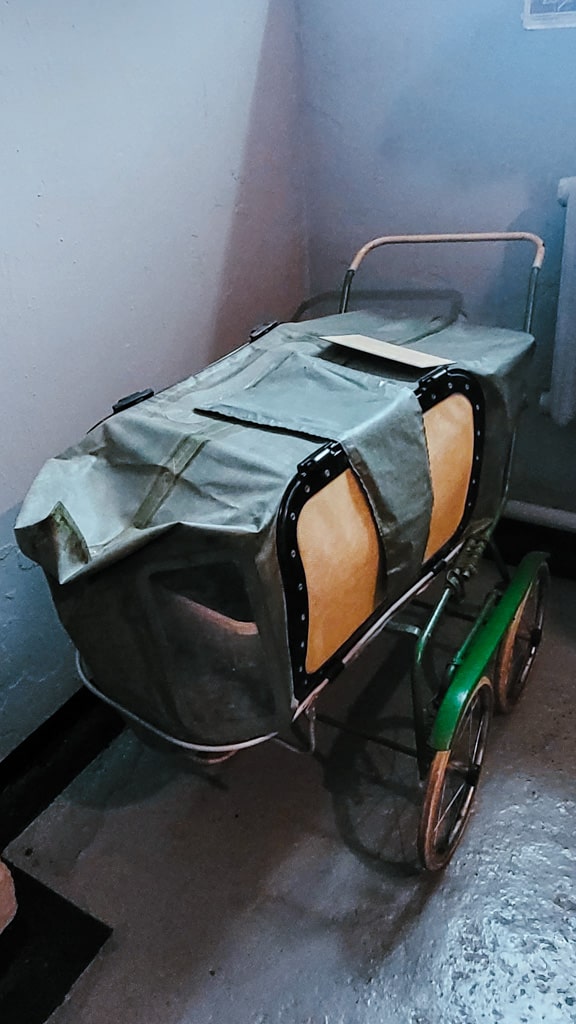
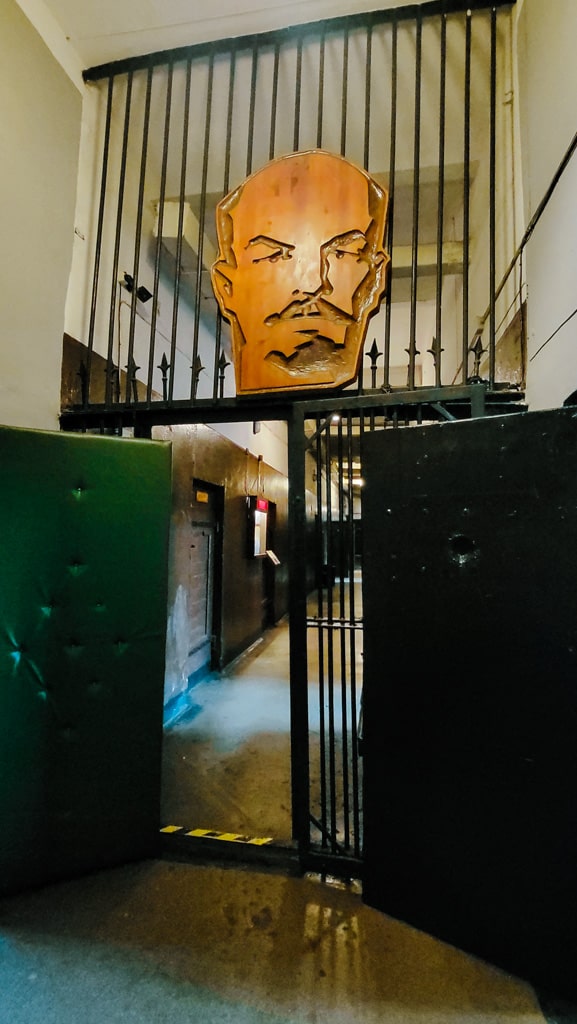
Spending a Night in the Former Prison
As a former police officer, it was naturally interesting for me to try staying overnight in a (former) prison, and in Karosta, it’s possible! In August 2024, I paid around 30 euros for “my own” room, aka cell, which had a bed, a chair, and a bedside table. Thankfully, I didn’t have to sleep on a wooden plank, as the prisoners once did. Apparently, that’s also possible if you book a special experience for groups, along with someone shouting at you and being shut in a completely dark room… nice. The price of accommodation also included a free tour of the museum operating in the prison, which had a collection of various objects from the war era.
The facilities for overnight guests were decent, and thankfully, the toilets were located inside (unlike for daytime visitors!). Soundproofing wasn’t a major concern for the original builders, so you might hear all sorts of noises from the corridor and other cells throughout the evening and night. I decided that all the bumps and clanks were coming from other tourists staying there that night (who happened to be only Finnish and Swedish), and not from any potential ghosts. However, I didn’t watch the Ghost Hunters International episode about the place until later… (They declared it one of the most haunted places in the world back in 2009.)
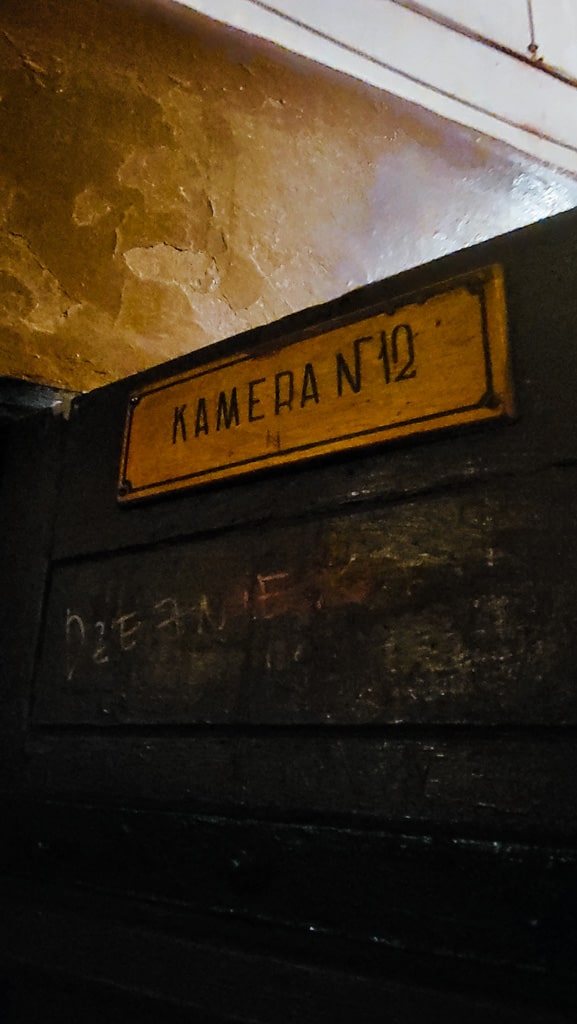
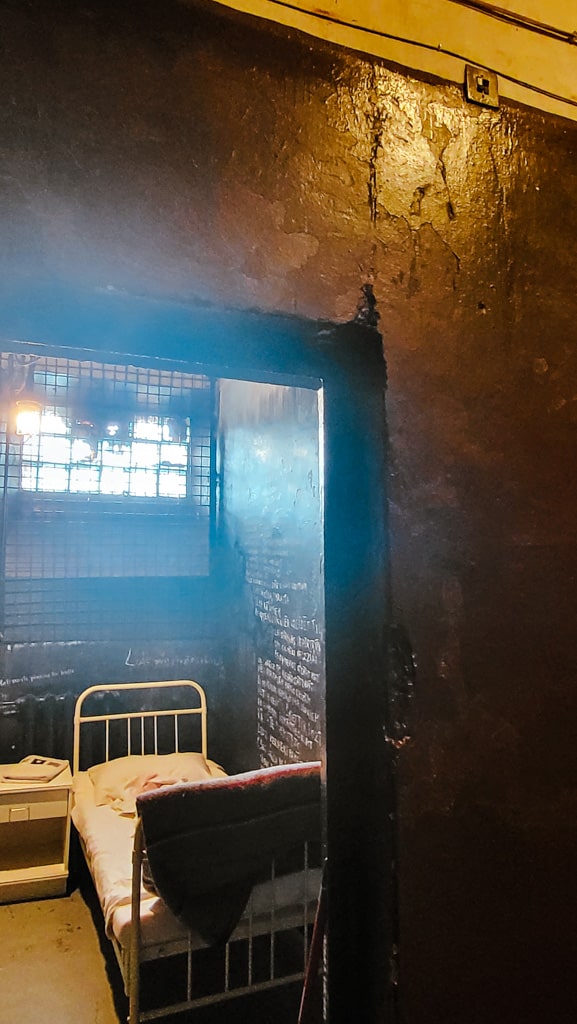
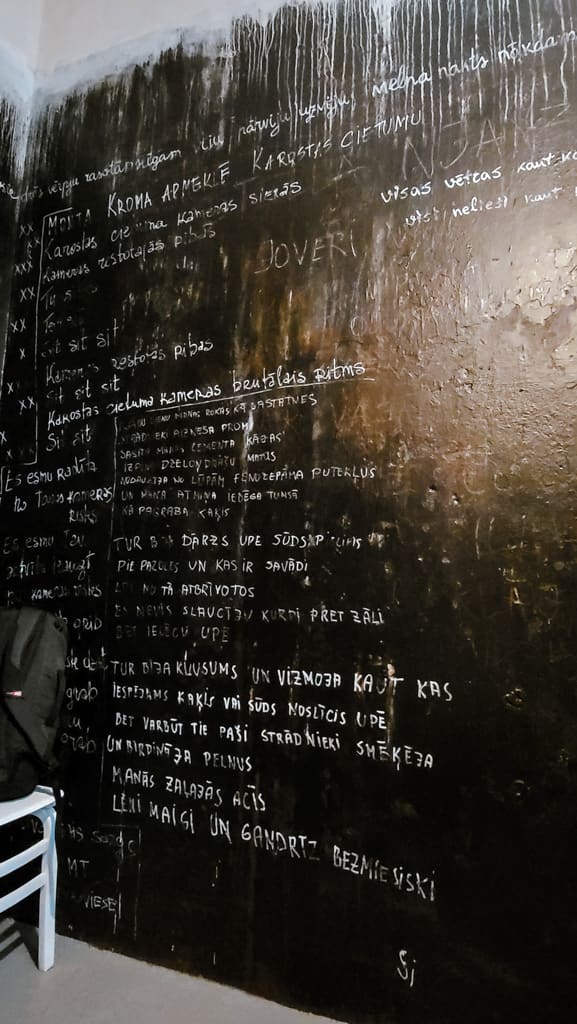
Locking the cell door from the inside wasn’t possible (for pretty obvious reasons), and the light switch was located outside the door at a height of about two meters. Fortunately, the room was equipped with a broomstick that I could use to reach it. For some reason, a hundred years ago, they didn’t include electrical outlets in the cells, so charging my phone was only possible with a power bank. In the morning, I woke up snuggled in the squeaky wire mattress just before nine, and check-out was quite easy since, naturally, there was no key. No breakfast was provided, but I ordered a morning coffee from the “night guard”. It was served in a beautiful porcelain cup, and I even got a muffin on the side. I enjoyed my coffee on the terrace and planned my day.
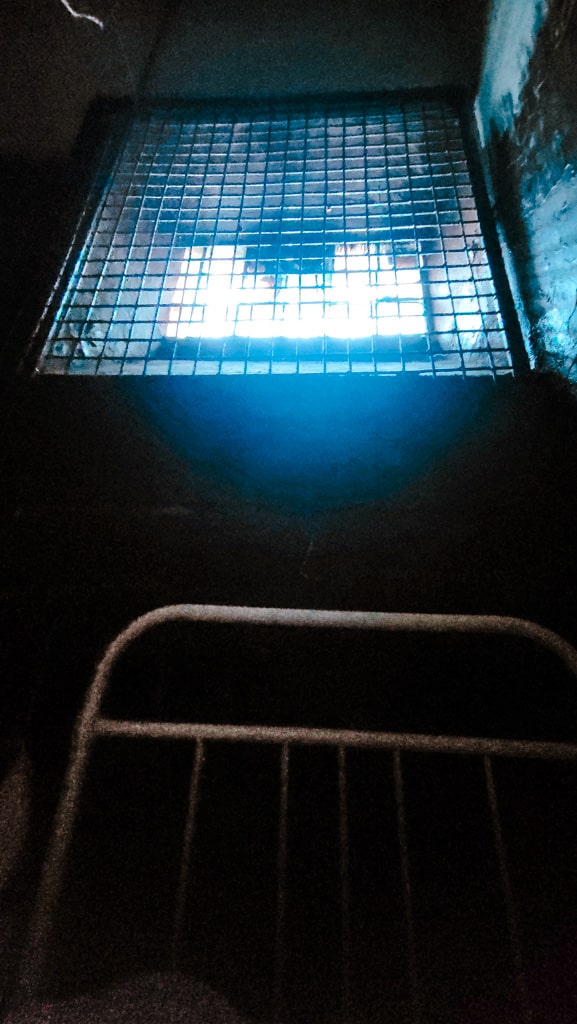
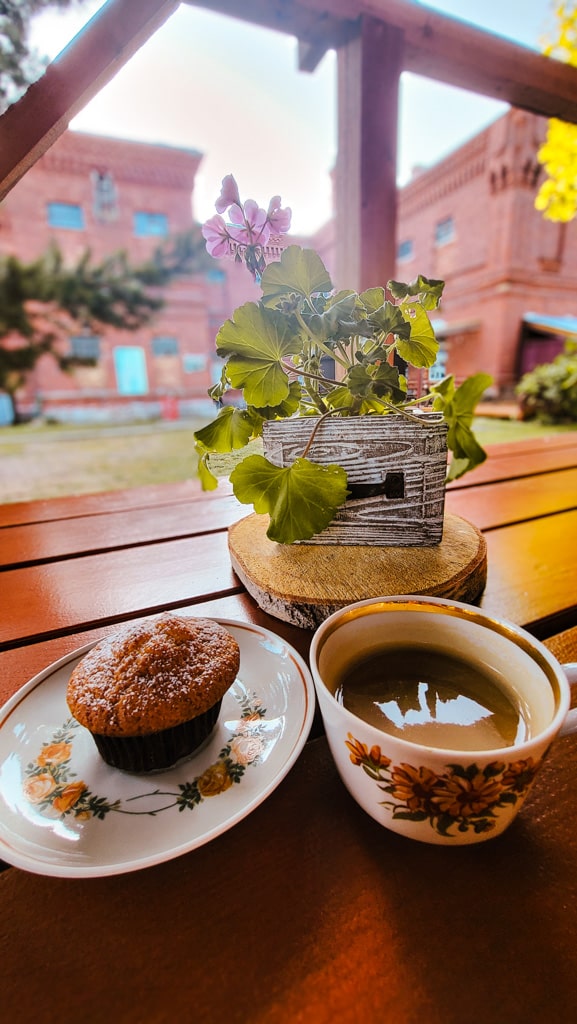
There aren’t many buses in Karosta, so my options were walking (with luggage!) or a Bolt scooter (with luggage…). I walked past the enormous Orthodox naval cathedral of St. Nicholas (and my Finnish eye was naturally drawn to all the Ramirent scaffolding surrounding the building) towards the beach to check out the defence ruins, but soon realised they were too far away for someone so hungry. So, I soon hopped on a bus back to the city centre since there aren’t many restaurants in the area. The whole neighbourhood of Karosta has been in decline since the withdrawal of Soviet troops in the 90s, and gentrification hasn’t quite reached there yet. So if you’re interested in true Soviet style, this is to place to check out before it’s all gone.
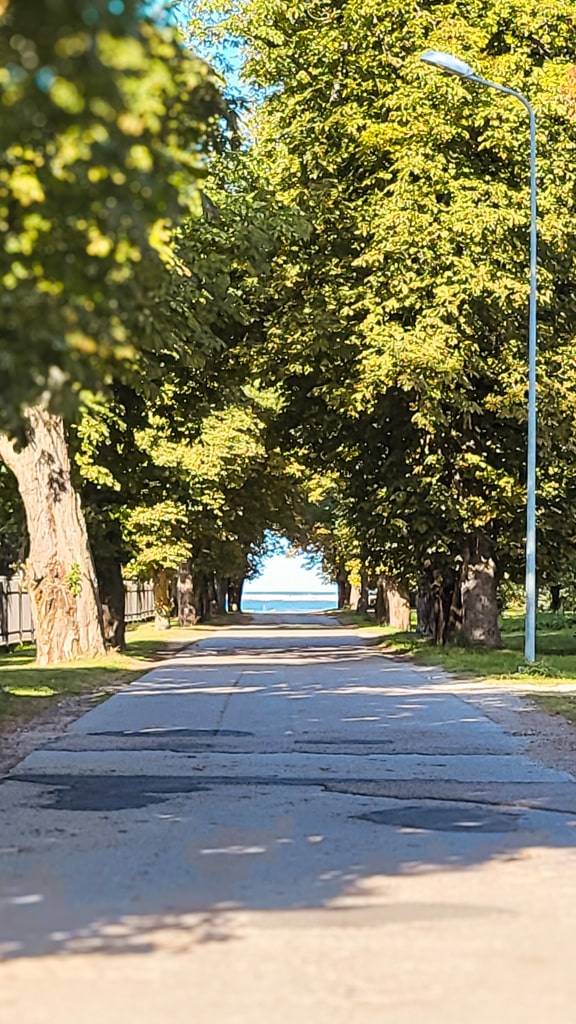
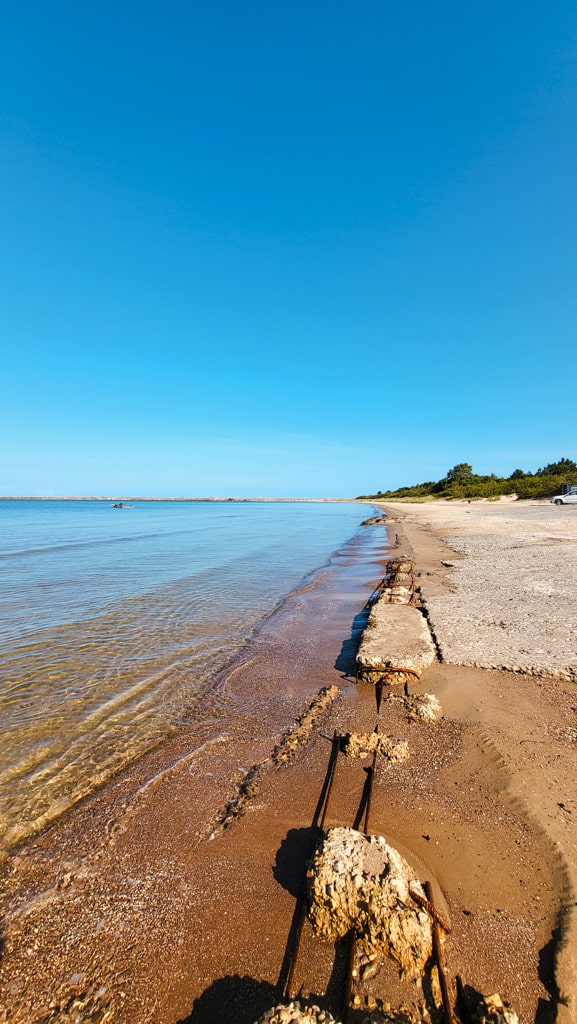
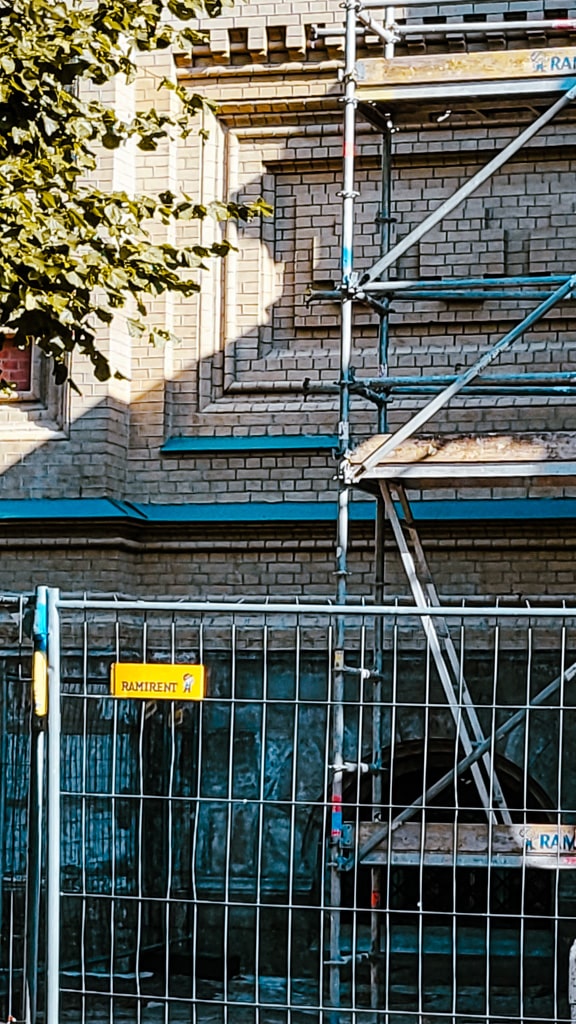
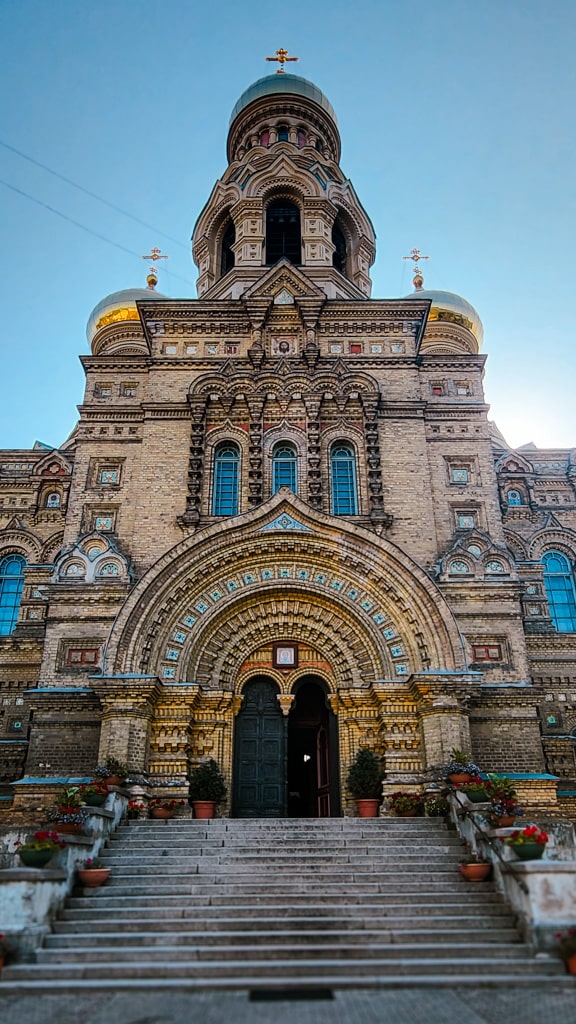
Madame Hoyer’s Guesthouse: A Journey Through Time
Getting back to the city centre, I was happy to visit Madame Hoyer’s Guesthouse. In my opinion, it was the most beautiful place in the entire city. It became famous for hosting Peter the Great during one of his journeys in the 18th century and the history of the building is rather well known. The building was beautifully restored a few years ago, respecting the styles of different eras.
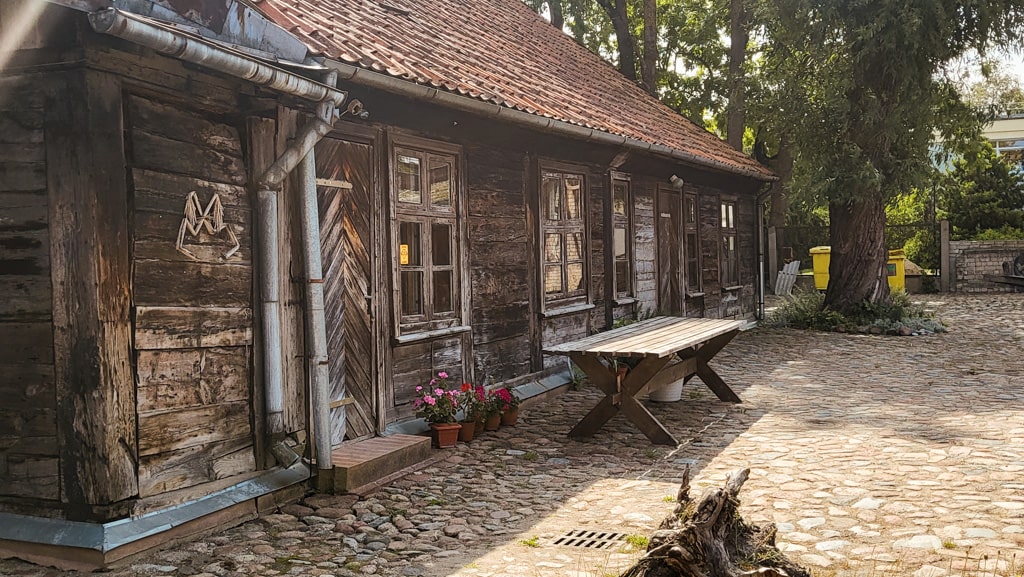
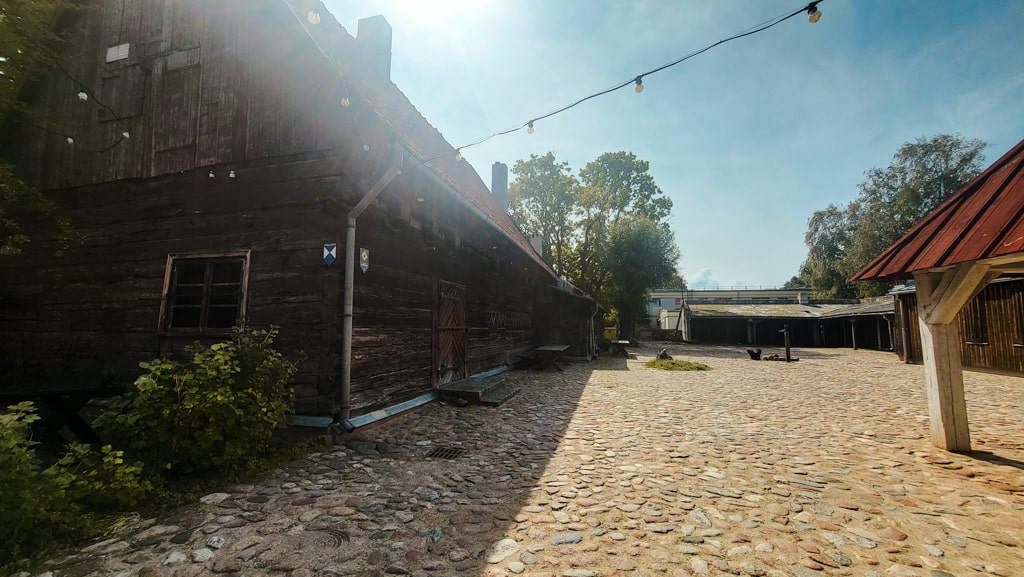
The ground floor has a 17th-century atmosphere, and upstairs you can explore 18th- and 19th-century interiors. The rooms display authentic objects and furniture from different periods, and the wallpapers and fireplace designs are absolutely stunning! Information about the objects was only available through QR codes, but they were beautiful nonetheless. The ground floor had more information about the building’s history and restoration, mostly in Latvian, but the pictures clearly showed how respectfully the entire building has been restored, honouring the original. It wouldn’t be a true guesthouse without a restaurant serving historical dishes at modern prices, though. I had my eyes set on a different restaurant for lunch, but I tried the chicory coffee and it was surprisingly good!
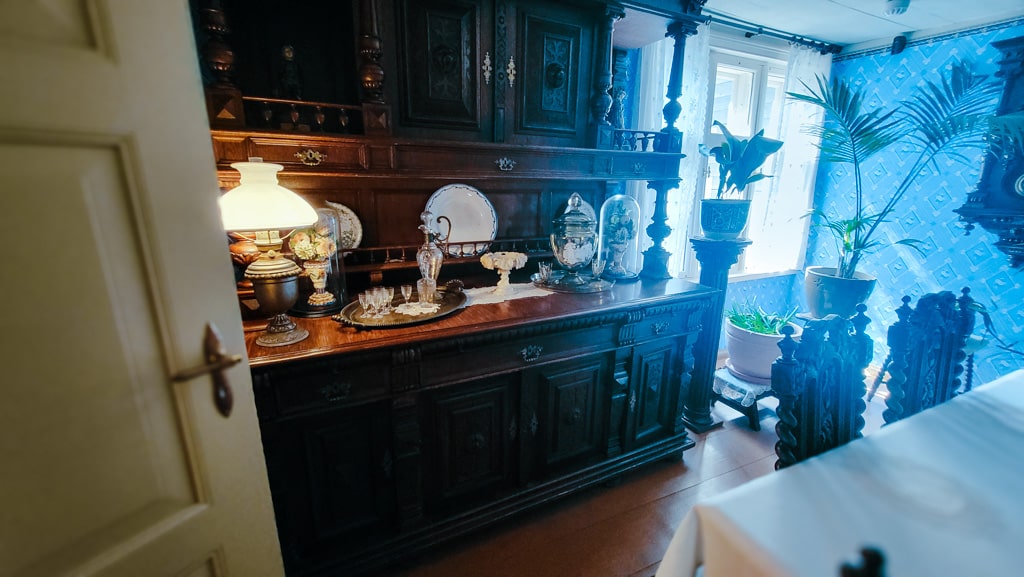
This was my absolute favourite stop in Liepaja, so brace yourself for a big gallery of pictures!
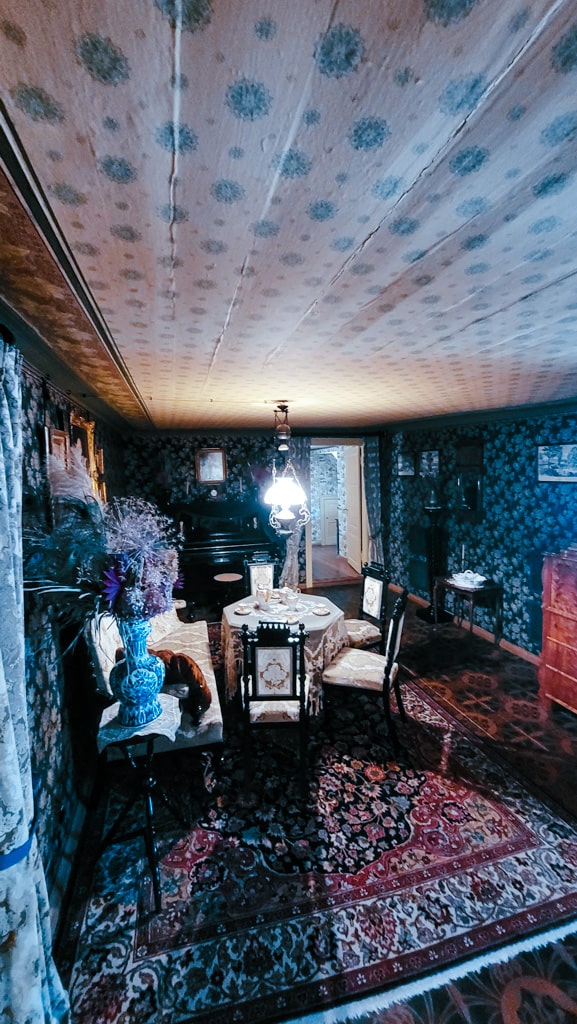
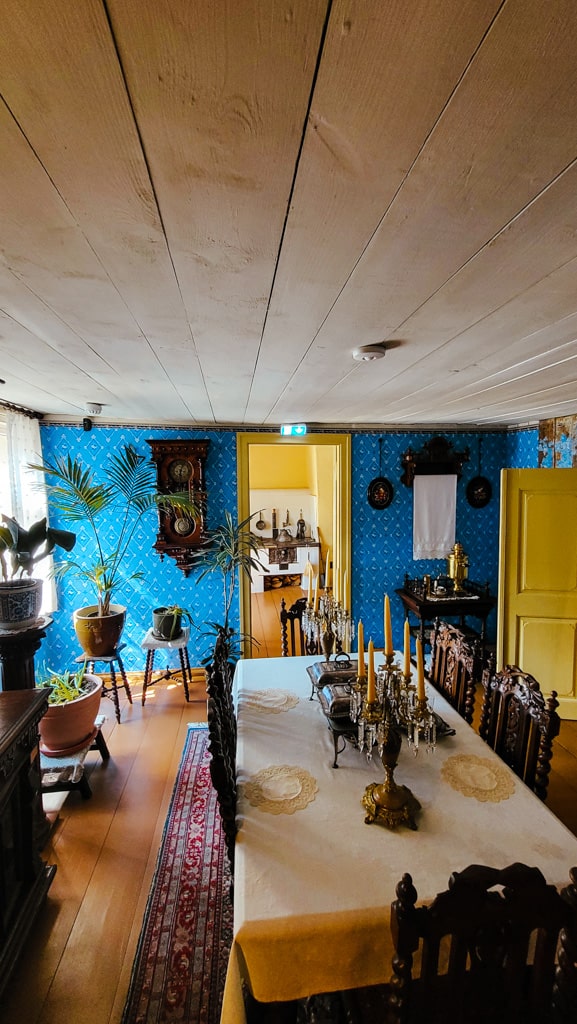
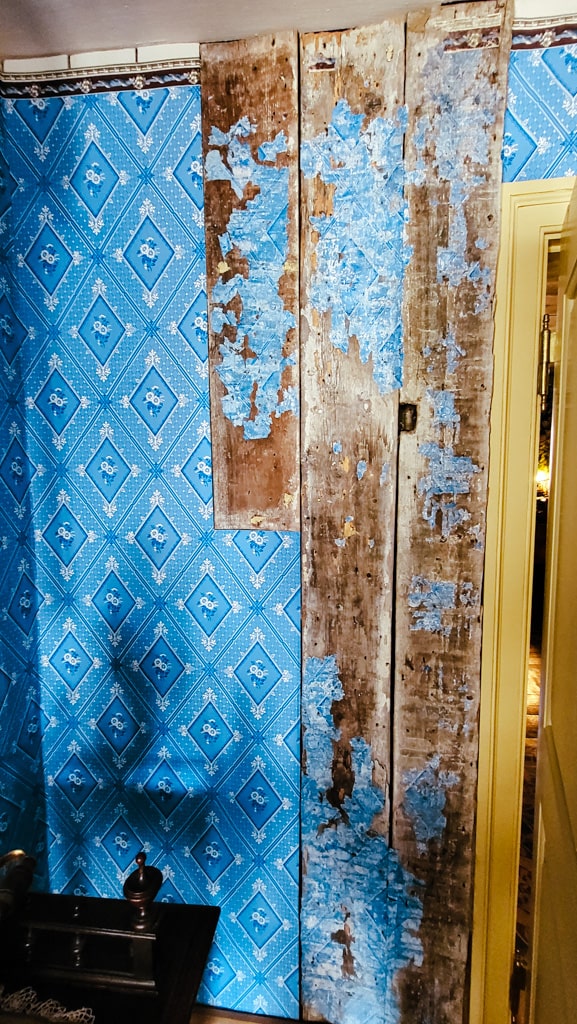
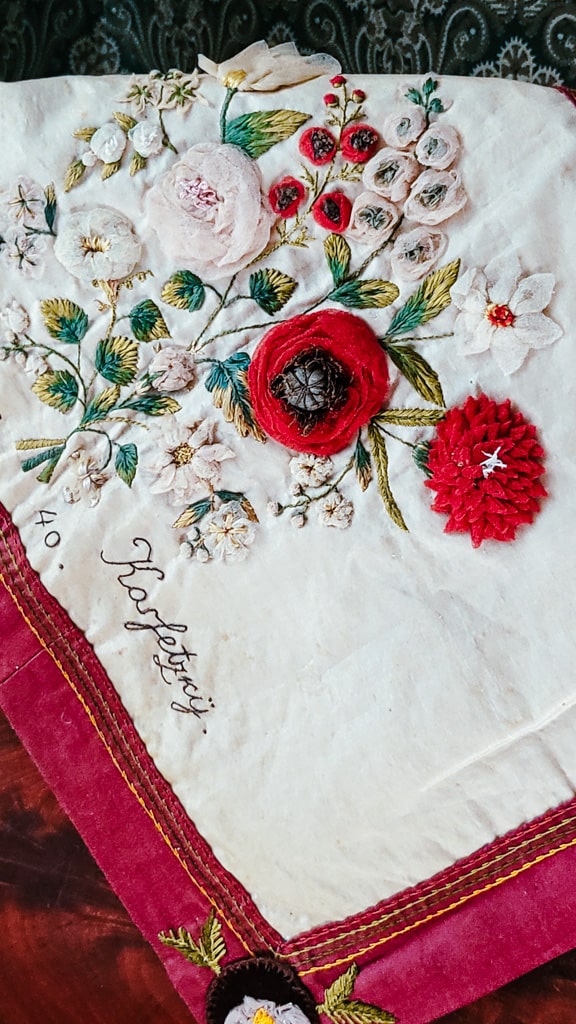
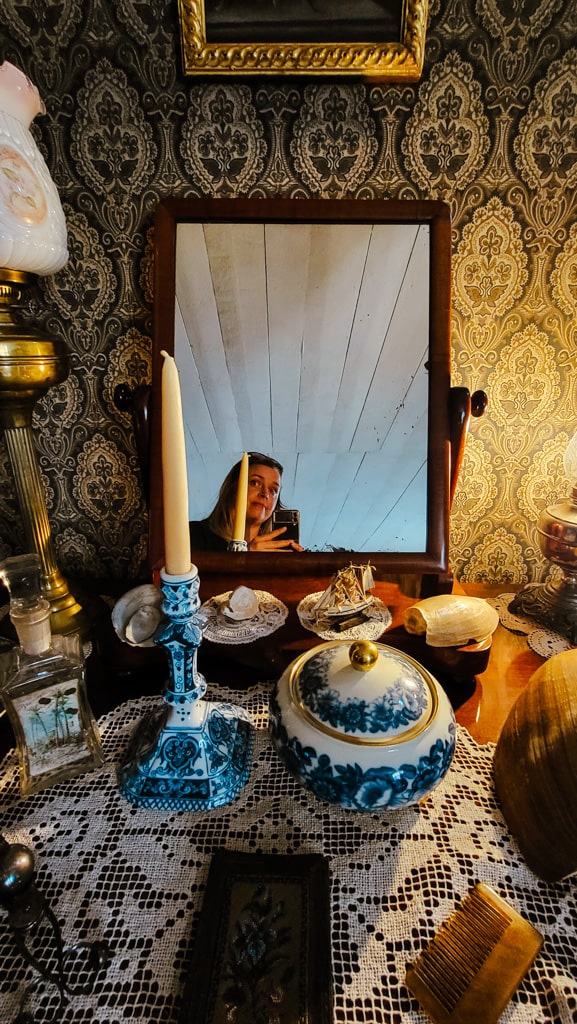
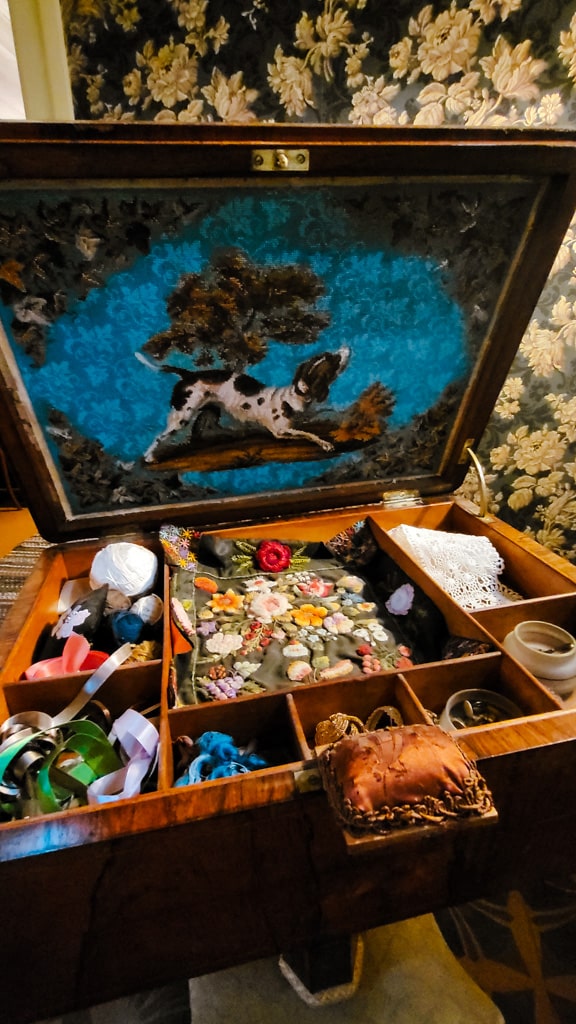
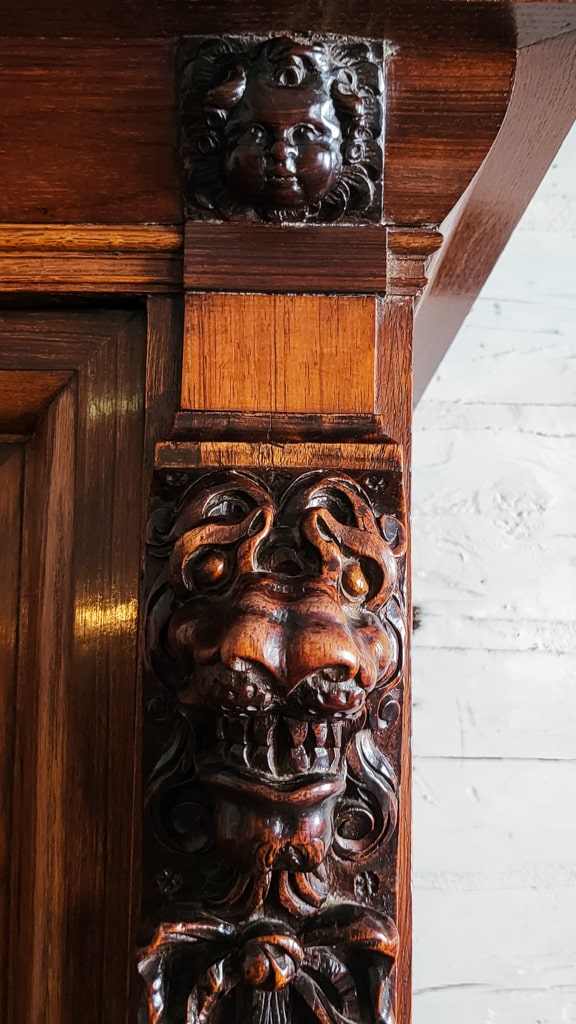
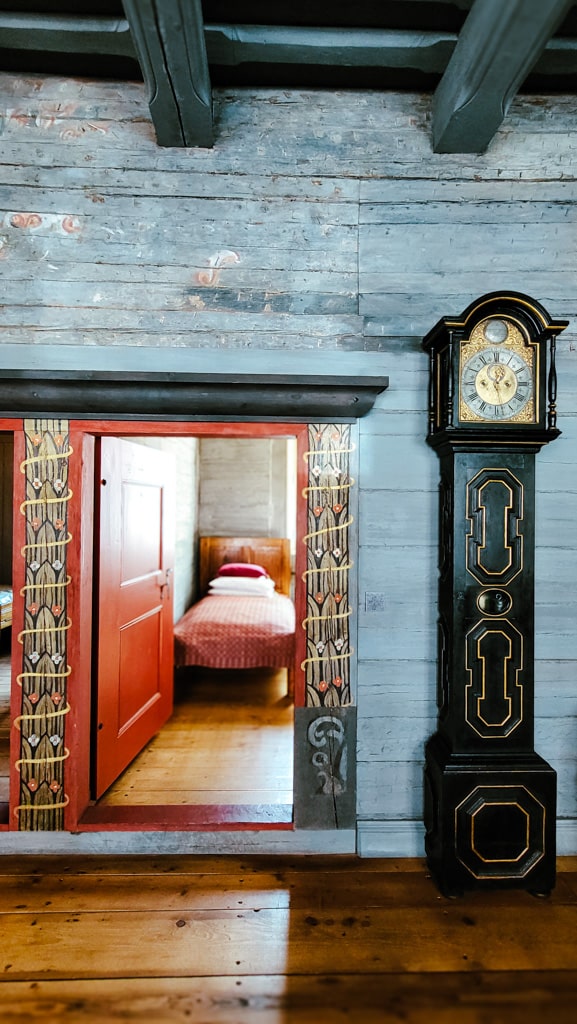
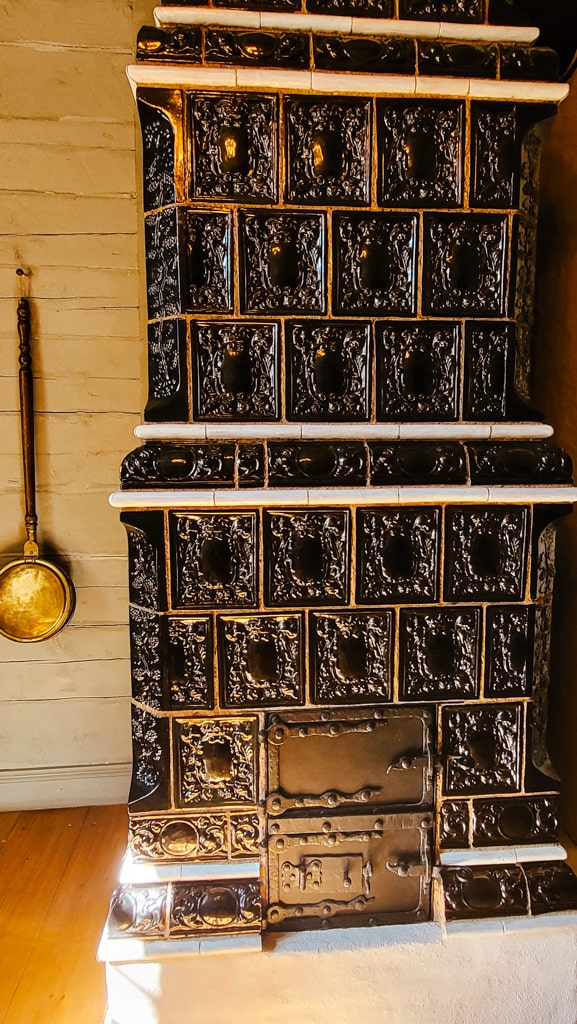
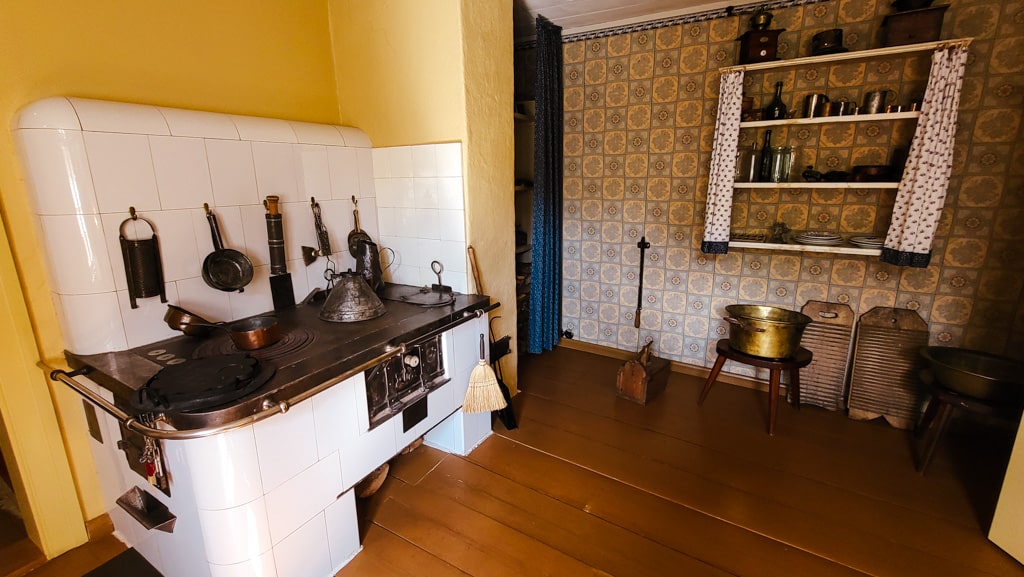
Farewell to Liepāja
Liepāja was a fascinating combination of history, maritime atmosphere, and Soviet legacy. Two days was enough to explore the city, and I would have gladly stayed for a third day to enjoy the beach life if only the weather had been more favourable. The beach was amazing, and I kept finding reminders of it (in the form of fine fine sand in my shoes) for many days!
